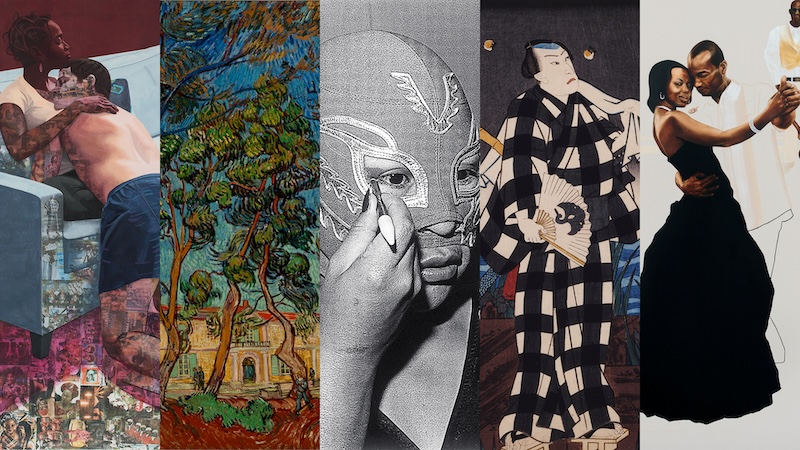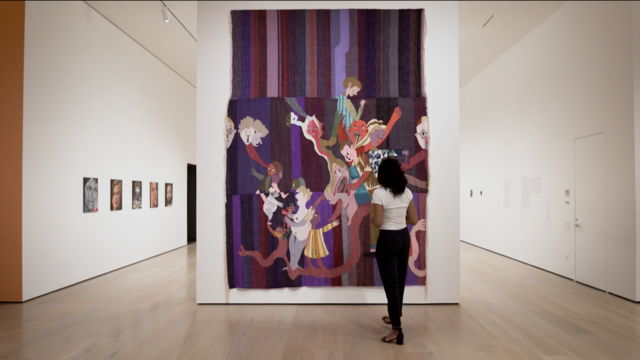
What Do You Think? 5th graders talk about a tapestry
Christina Forrer’s Gebunden II (2020) is a tapestry that depicts many figures connected in strange ways. Watch the video below to explore this work with me and the students of Mr. Diaz’s 5th grade class before creating a sculpture of your own.
Christina Forrer is highlighting some distressing emotions in this artwork. Which do you recognize? When in your life do you feel similar difficult emotions?
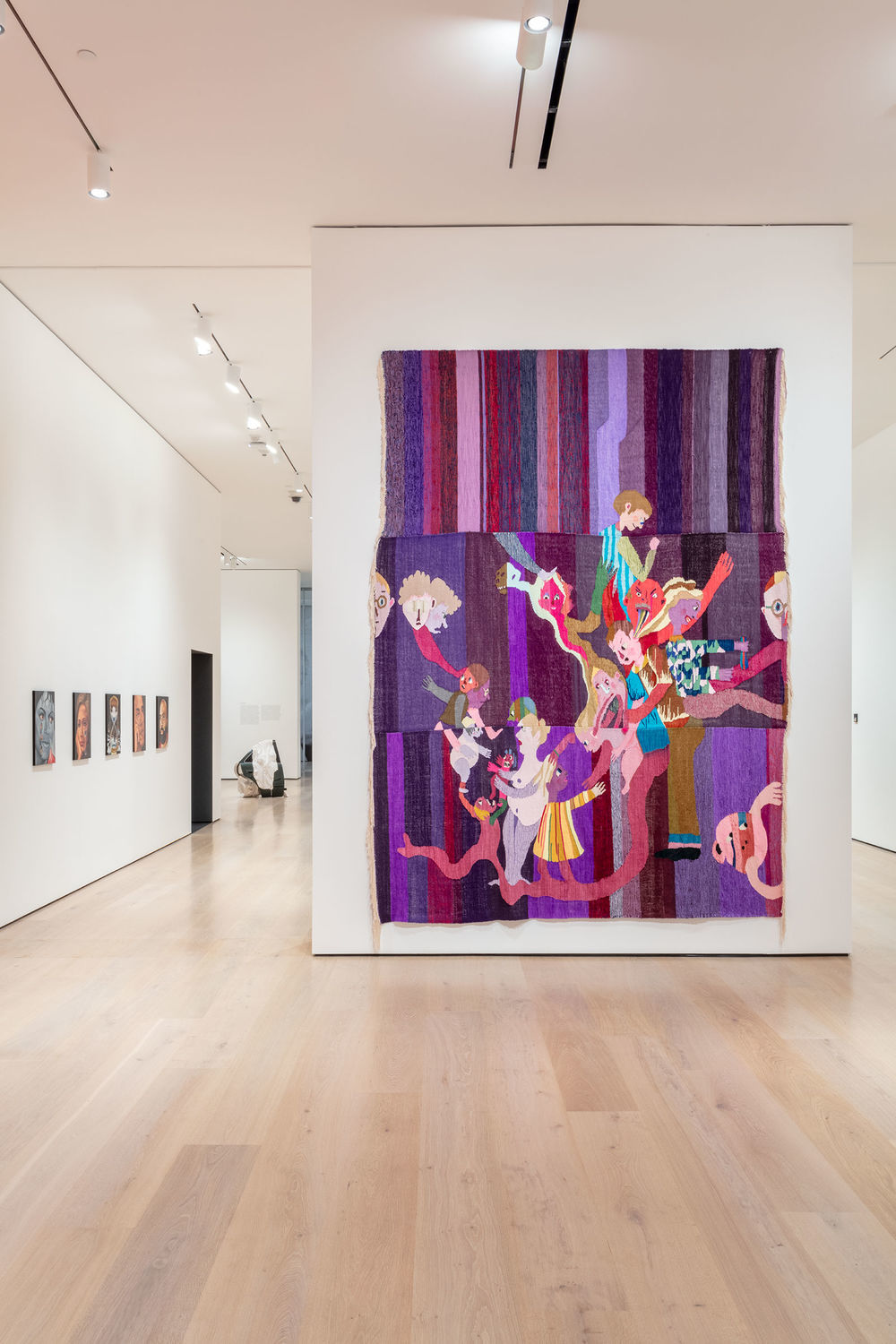
“Gebunden” means “in relationship to.” In our relationships with other people, conflict and other negative feelings can be present. Mr. Diaz’s students noted that some figures in the tapestry appear to be pushing one another away, perhaps because they are trying to push someone out of a cycle of negativity. Relationships can also be bound together by feelings such as trust, respect, and love. For the activity below, inspired by Gebunden II, you will create a collaborative artwork full of figures connected by emotions.
Supplies needed:
- Model Magic or another air drying sculpting material
- Colored markers or paint and paintbrushes
Instructions:
1. Gather folks in your household to have a discussion. Then, give each person enough Model Magic to hold in their hands.
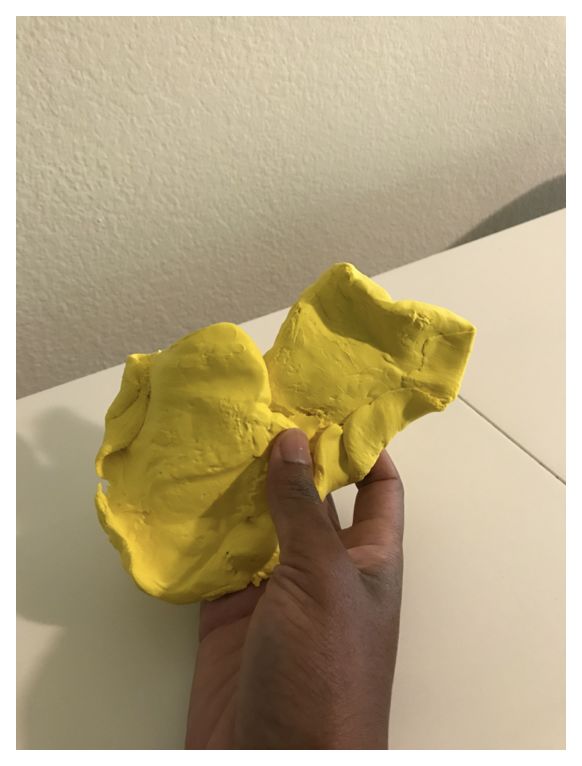
2. Discuss: which negative emotions do you recognize from Christina Forrer’s tapestry? When in your life do you feel similar difficult emotions? How do you work through those tough feelings? As you are having this discussion, use the Model Magic to sculpt a face that portrays those emotions. Think about how your eyebrows, cheeks, mouth, and eyes change shape as you emote.
3. When you’ve finished that discussion, have everyone respond to the question: what is one emotion you would want more people to show to one another every day? Why?
4. Smash your sculpture that depicts the negative emotion in your hands. You should now be holding a blob similar to the picture above.
5. Prompt each person to sculpt a face using the model magic that expresses the emotion they discussed in question #3. My housemate and I both chose “surprise”. I focused on an expressive mouth while she focused on exaggerated details around the eyes. If you need help visualizing your emotion on a face to help you get started, ask the person next to you.
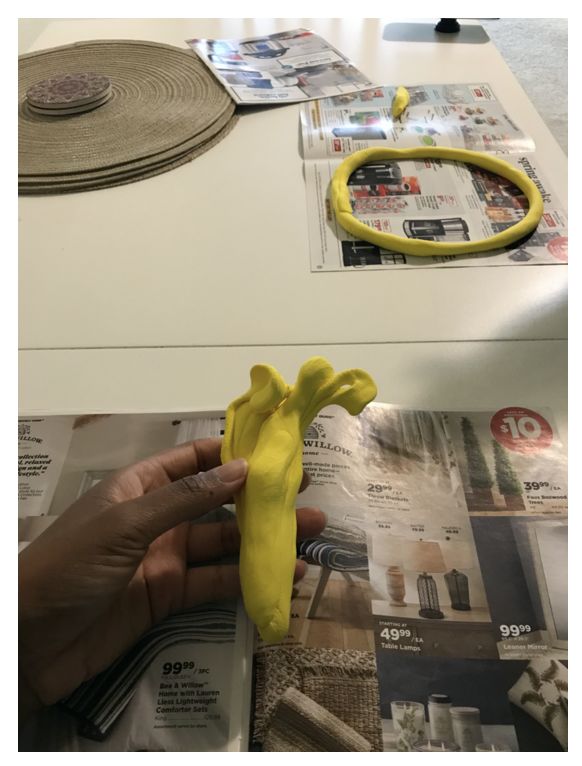

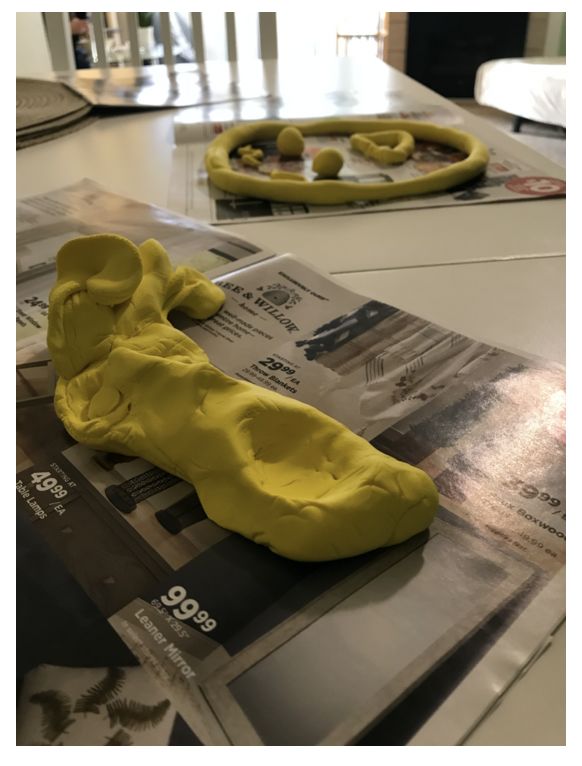
6. When everyone has finished their individual faces, work together to bring all of your sculptures together in one work of art. Christina Forrer used limbs and hair to connect the faces in her tapestry. You can connect mouths to ears (like my housemate and I) or hair to hair, cheek to cheek, etc.
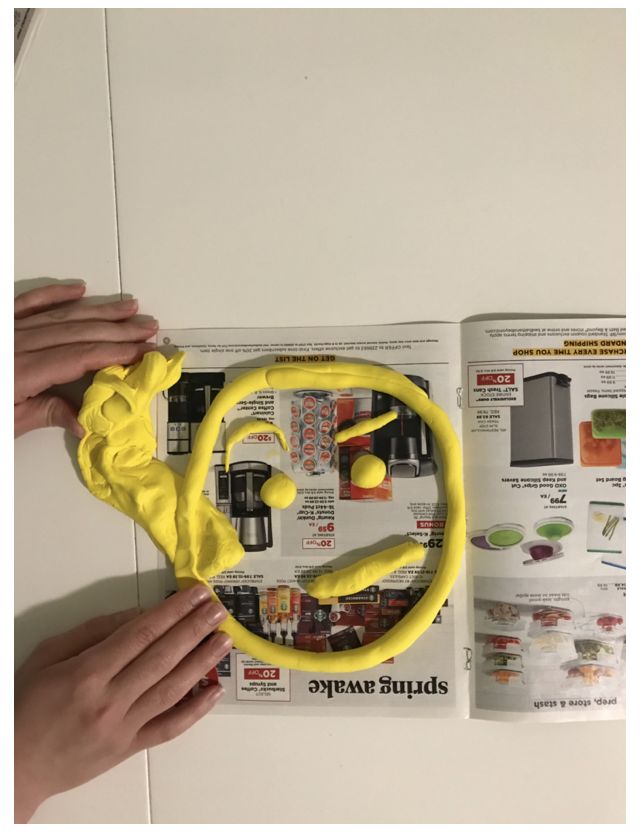
7. Lay your sculpture down for 24 hours or until it is hardened.
8. When the sculpture has hardened, use markers or paint to add color.

The series What Do You Think? invites students to share their reflections on contemporary art featured in the Hammer Museum’s collections and exhibitions.
Tag us @hammer_musuem to show us what you’ve made!


